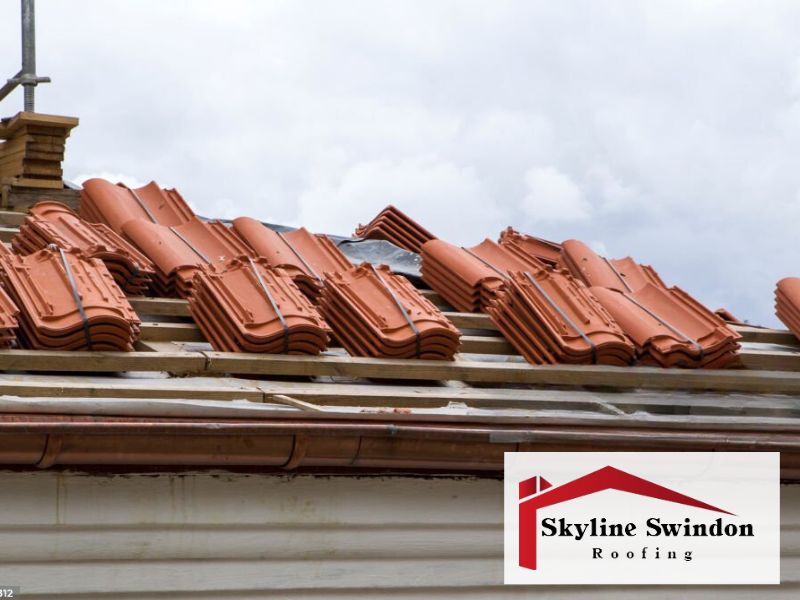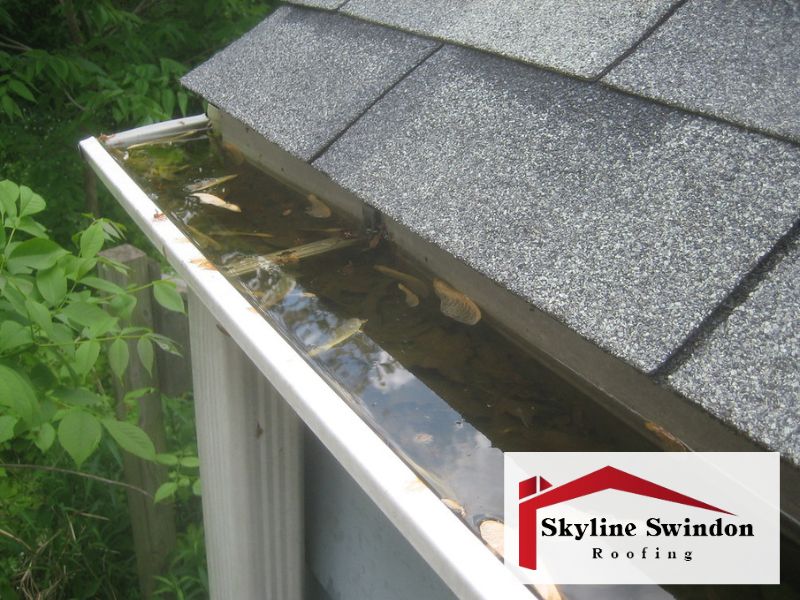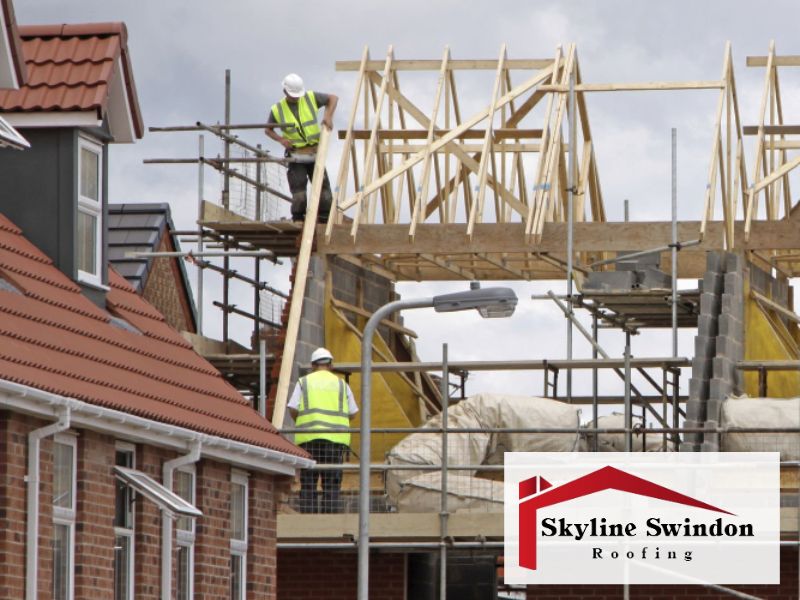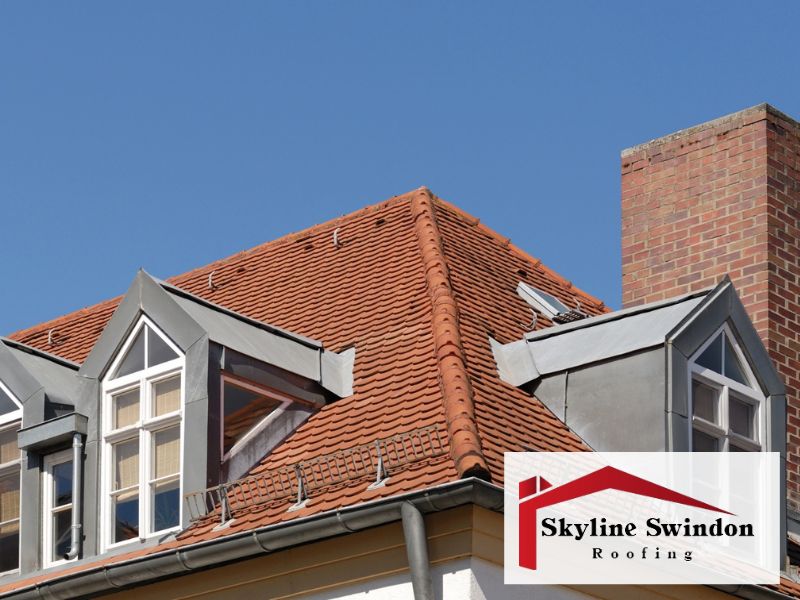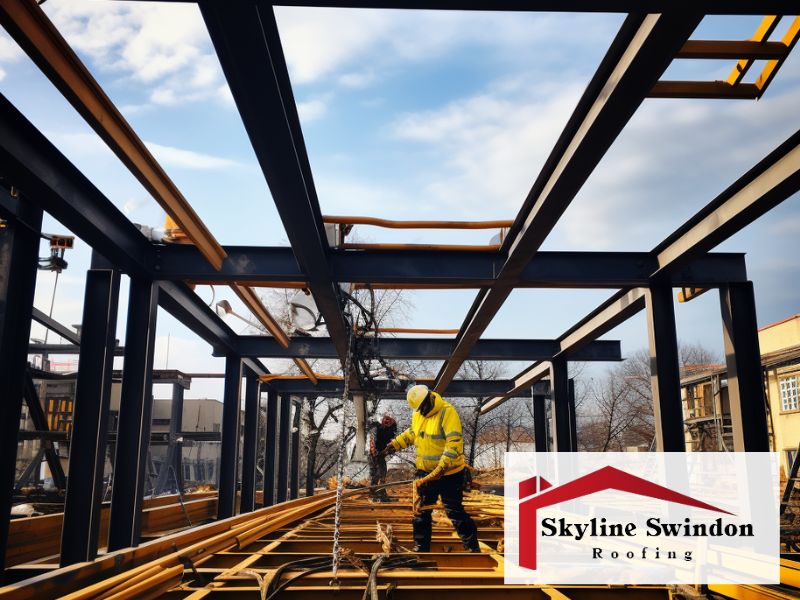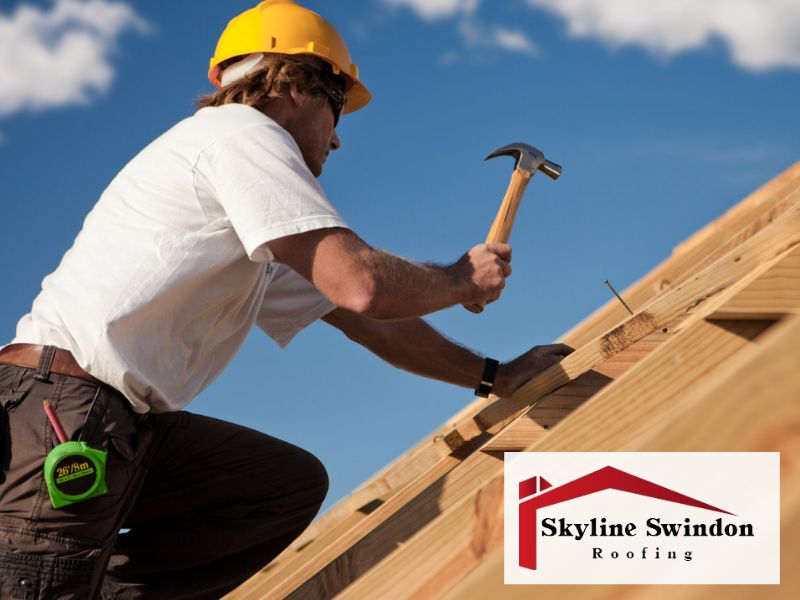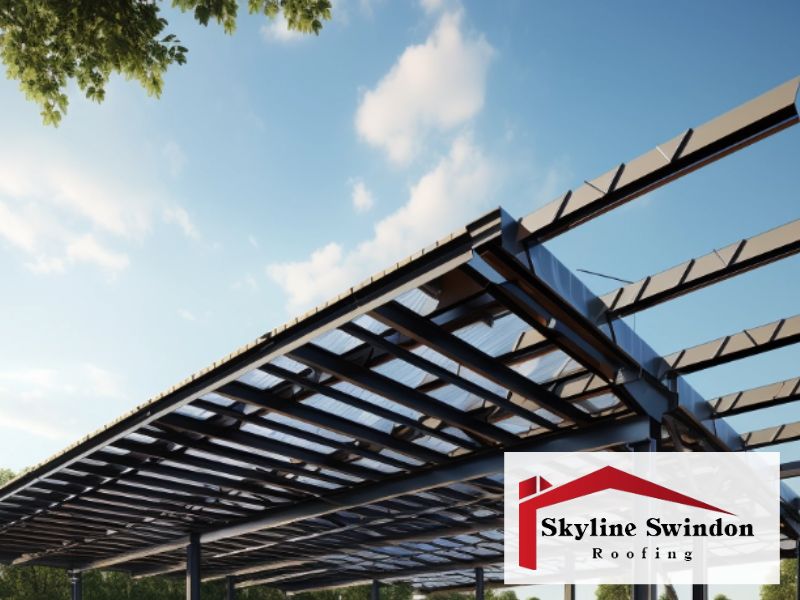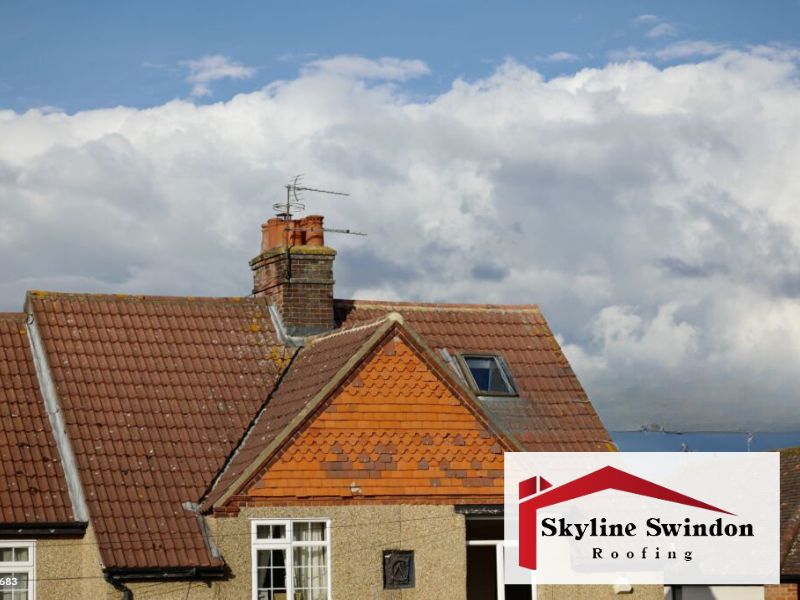Roof valleys are one of the most important elements of any roof. Valleys are the internal angles where two sloping roof planes meet to form a channel for rainwater runoff. Properly functioning valleys are critical to prevent leaks, protect roof decking and framing from water damage, and ensure proper drainage. When valleys become damaged or begin to fail, it can lead to extensive repairs if left unaddressed. Understanding what influences the costs of roof valley repairs can help homeowners budget for any necessary maintenance work.
Common Issues with Roof Valleys
There are several common problems that can occur with roof valleys:
- Cracks or holes – Valleys can develop cracks or holes over time from weathering, foot traffic, debris damage, or improper installation. Small cracks allow water intrusion which expands the cracks through freeze/thaw cycles.
- Worn or missing materials – The valley flashing or shingles may become brittle, crack, lift up, or blow off from wind exposure and weathering. This exposes the vulnerable valley area to water intrusion.
- Blocked drainage – Debris accumulation from trees, moss growth, uncleaned gutters, or improper valley materials can impede drainage through the valley. Water backups cause leaks and accelerate deterioration.
- Structural sagging – General roof sagging, framing issues, or problems with valley support structures may distort the valley shape. Misaligned valleys can hamper drainage and are more prone to material failure.
Purpose of Roof Valley Repair
The main goals of roof valley repair are to:
- Stop active leaks
- Replace any damaged valley materials or underlying roof deck
- Realign the valley structure and drainage path
- Improve protection from the elements and water intrusion into the home
Proper repairs restore the integral water drainage capacity of your roof system and prevent further leaks, damage spread, energy efficiency losses, potential mold growth, and other moisture-related problems.
Factors Influencing Roof Valley Repair Costs
Several important factors determine how much it will ultimately cost to repair your roof valleys:
Roof Material
The roofing material in your valley impacts repair expenses in a couple key ways:
Asphalt Shingles
- Typically the most affordable roofing
- Individual shingles easier to replace
- Shorter service life means more frequent repairs
Metal Roofing
- Long lifespan but repairs can be difficult
- May require custom metal flashing pieces
- Qualified specialists are essential
Slate or Tile
- Individual slate/tiles need special care to replace
- Older roofs have obsolete materials
- Masonry skills often required for repairs
The cost per unit area is usually cheapest for asphalt shingle valley repairs and most expensive for tile or slate roofing.
Roof Valley Type
There are two fundamental types of roof valley construction, each with pros and cons regarding repairs:
Open Valley
- Exposed valley flashing and shingle edges
- Allows for easier inspection and access
- Material replacements are simpler
Closed Valley
- Valley covered by continuous shingles
- Harder to locate sources of leaks
- Requires shingle removal and replacement
Open valleys tend to cost slightly less to repair. Closed valley repairs incur more labor costs to uncover and replace the concealed valley materials.
Roof Size
Larger roof sizes directly correlate with higher overall valley repair expenses. Key measurements include:
- Total horizontal valley length
- Roof height and pitch
- Total roof area
Longer valleys, greater heights/pitches, and bigger roofs equal bigger material requirements and labor hours which increase project costs.
Accessibility
The relative ease or difficulty to access your roof valleys also factors into the repair costs:
- Number of stories and need for ladders/ scaffolding
- Presence of rooftop obstacles like vents or skylights
- Steep pitches require harnesses and safety setup
More accessibility challenges mean specialized equipment, extra manpower, and increased labor hours to safely make repairs. This can add hundreds or thousands in extra costs.
Roofing Contractor Rates
There can be major pricing differences between roofing contractors based on:
- Business overhead expenses
- Crew member wage rates
- Material supply chain contacts
- Business profit margin targets
Be sure to get multiple quotes before choosing a roofer. Keep in mind cheaper isn’t necessarily better if critical shortcuts are taken or subpar materials utilized.
Cost Breakdown: Materials and Labor
Typical costs to repair a roof valley consist of:
Materials
Replacement Shingles
- Match existing shingles on your roof
- $80-100 per square (100 sq ft) on average
- More for premium designer shingles
Underlayment
- Roofing felt or synthetic water barrier
- About $20-30 per roll on average
Valley Flashing
- Galvanized steel or aluminum flashing
- Approximately $5-15 per linear foot
Sealant and Adhesives
- Asphalt plastic cement, butyl sealant
- Around $5-20 per tube or bucket
Total material expenses often make up 30-40% of the project price depending on scope.
Labor
Installation
- Removing damaged materials
- Applying new underlayment
- Installing properly aligned flashing
- Fastening new shingles/tiles in sequence
Removal of Damaged Materials
- Tearing out worn valley flashing
- Taking up surrounding shingles
- Removing any water-damaged decking
Repair Techniques
- Steps to realign valleys
- Integration of new materials
- Seam reinforcement methods
In general the professional installation accounts for 60-70% of your total valley repair costs.
Signs You Need Roof Valley Repair
Warning signs your roof valleys require maintenance or repairs:
Water Leaks
- Visible water damage on interior walls or ceilings
- Peeling interior paint near the roof
- Mold or mildew buildup
Visible Damage
- Missing, torn, or cracked shingles abutting the valley
- Deteriorating, misaligned, or rusted valley flashing
- Sections of exposed underlayment
Granule Loss
- Significant loss of the stone granule surface on asphalt shingles bordering the valley
- Increased risk of deterioration and leaks
Sagging Roof
- Distortion of the valley shape from structural roof deck issues
- Negatively impacts alignment and drainage capacity
Age of Roof
- If your roof is over 20 years old, valleys likely need proactive replacement
- Preventative maintenance helps avert leaks from inevitable breakdown of materials over decades of wear
Addressing minor valley repairs promptly reduces the chance of irreversible deterioration and more costly long-term damages.
DIY vs Professional Repair Costs
Deciding whether to DIY or hire a professional boils down to:
DIY Materials Cost
- Just the shingles, flashing, nails, and adhesives
- Could total $250-500+ for a simple small repair
DIY Risks and Challenges
- Steep roofs dangerous without proper safety setup
- Improper structural realignment can reduce roof lifespan
- Leaks and material failures from unskilled installations
- No guarantee on materials or labor
Professional Expertise
- Decades of combined experience amongst crews
- Efficient process honed over years
- Access to wholesale materials pricing
- Familiar with common valley failure points
Warranty and Guarantees
- Many pro roofers provide 1-5 year labor warranties
- Ensure repairs last and provide recourse if issues emerge
- May guarantee against leaks for set time period
In the end professional valley repair services often provide the best long-term value and risk reduction despite higher upfront costs. Get quotes to compare pricing.
Frequently Asked Questions
What causes roof valley damage?
Age, weathering, and prolonged UV exposure break down roofing materials over time leading to cracks, tears, and deterioration. The valleys concentrate and funnel large volumes of water as well which accelerates their breakdown. Issues with adjacent flashing, shingle alignment, or debris accumulation also contribute to roof valley damage.
Can I repair a roof valley myself?
While simple valley shingle patches are doable for some as a temporary fix, structural alignment changes, flashing repairs, underlayment replacement, and wholesale valley refurbishing are extremely challenging. These require roofing skills, specialty tools and materials, and safety protocol only seasoned pros possess. Valley issues should not be DIY projects except for the most basic repairs.
How often should roof valleys be inspected?
Roof valleys should be visually checked every spring and fall for any signs of flashing wear, shingle damage, obstructions, or alignment issues. Every 3-5 years it is wise to have valleys professionally inspected and tuned up as needed. Budgeting for periodic valley repairs and replacements will save money long run versus emergency fixes for advanced failures.
Are roof valley repairs covered by insurance?
Home insurance generally does not cover routine roof maintenance and repairs in their standard coverage. However, uncommon sudden valley damage from extreme weather, falling limbs, storms, etc may qualify if deemed an Act of God. File claims as soon as possible after such rare events rather than waiting until extra damage occurs. Keep documentation of regular roof and valley maintenance to help demonstrate your diligence.
What is the average lifespan of a roof valley repair?
When quality materials are used and proper installation techniques followed, repaired roof valleys typically last 15-25 years on average. Regular cleaning, inspections, and maintenance can maximize longevity. Location factors also affect lifespan like climate extremes, presence of overhanging trees, and roof sun exposure. Well-made repairs should get you to your next roof replacement or restoration while averting leaks.
Thanks for reading our post, feel free to check out our other services:



